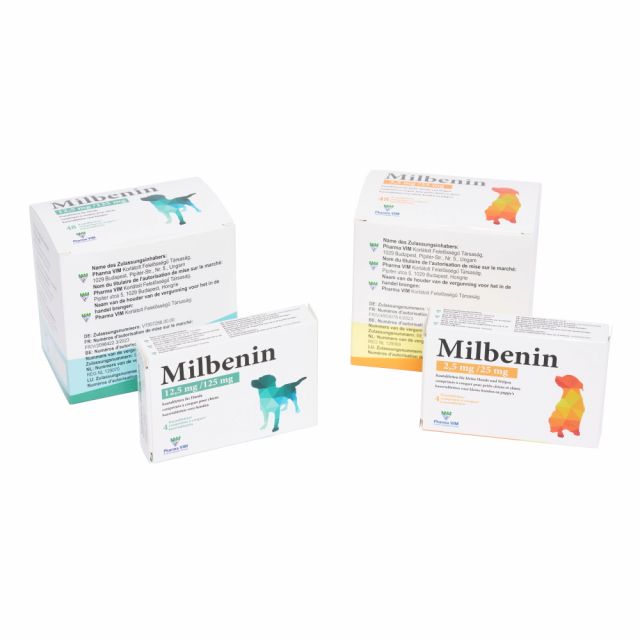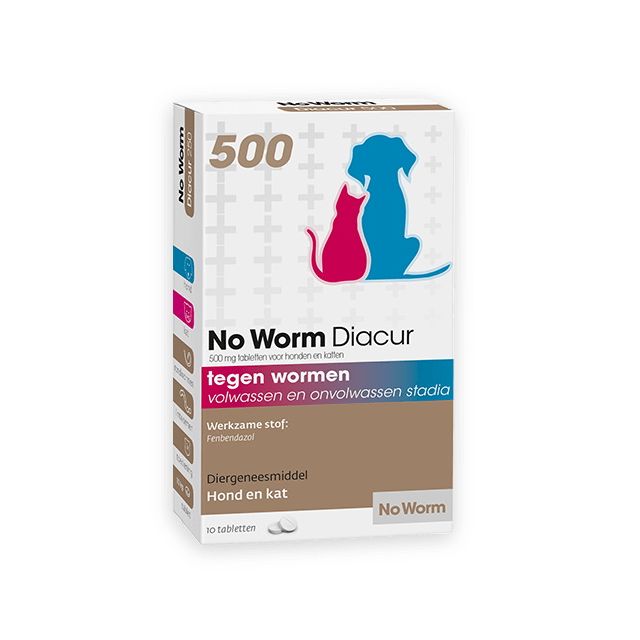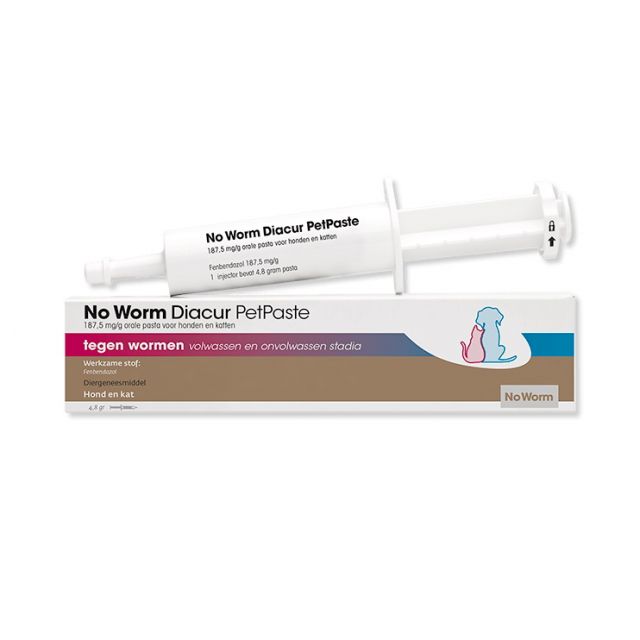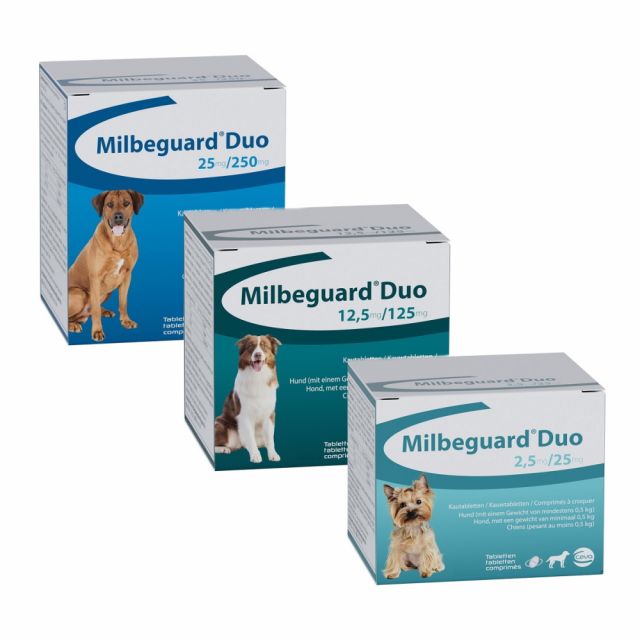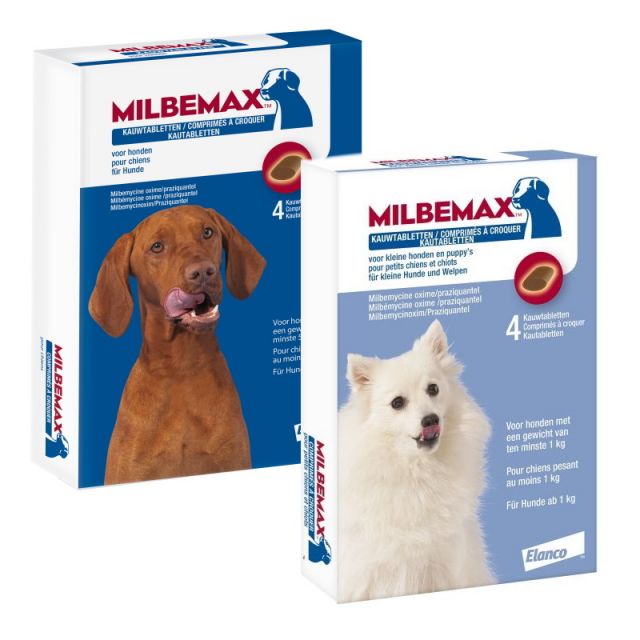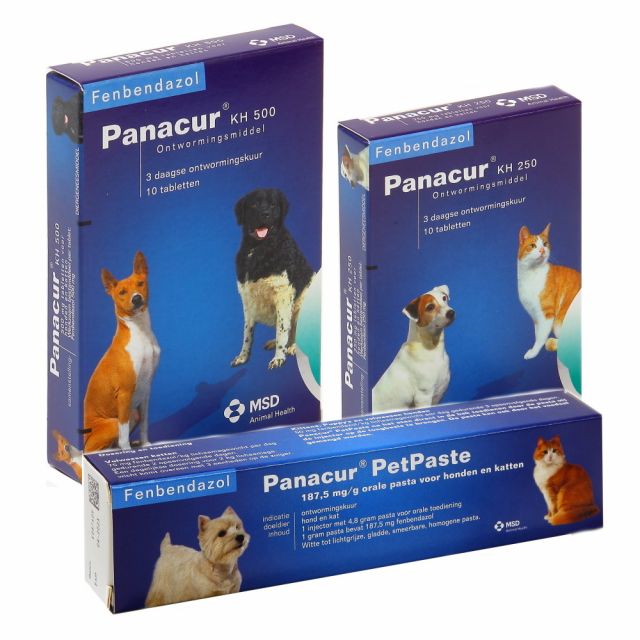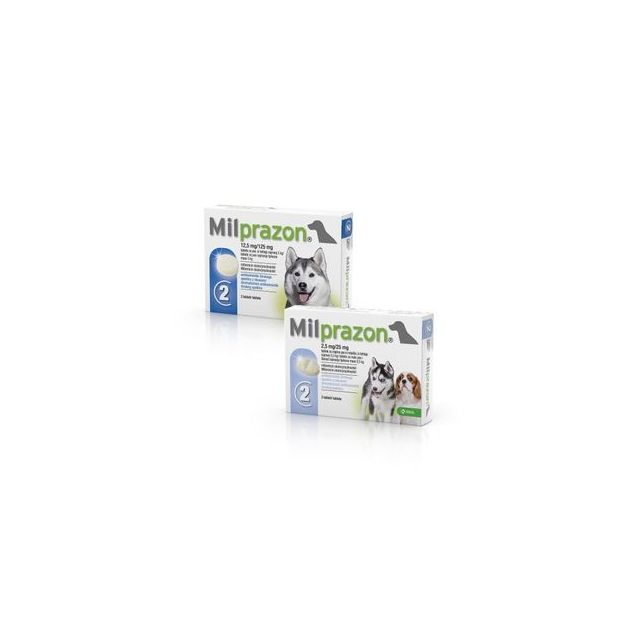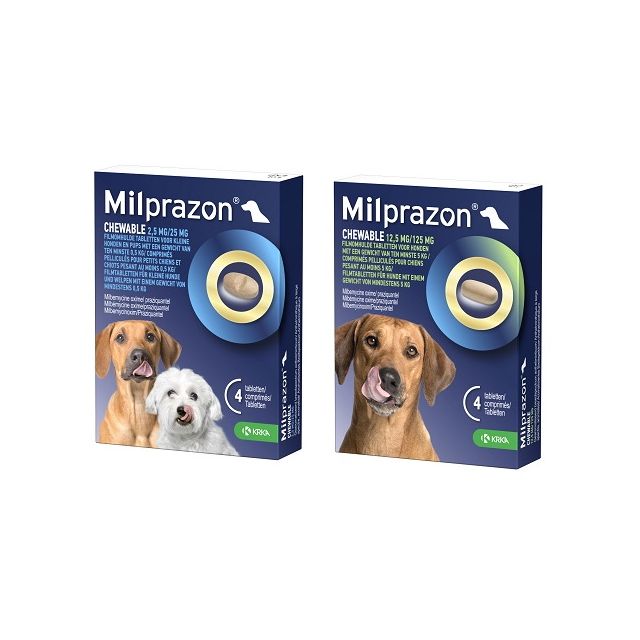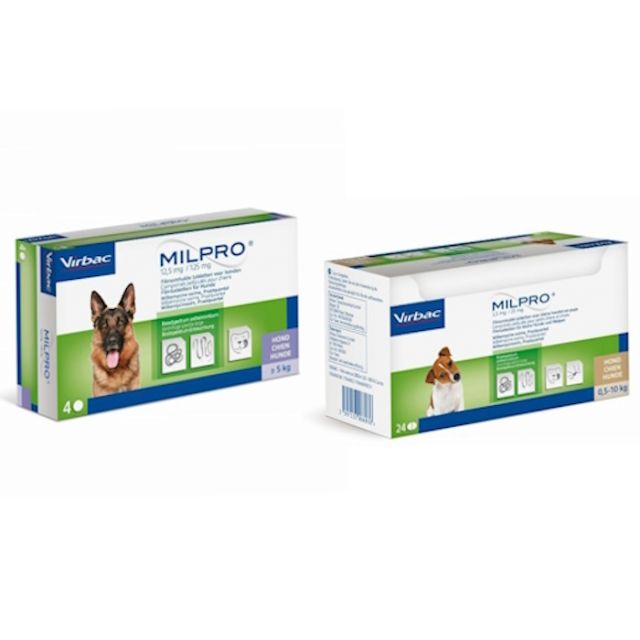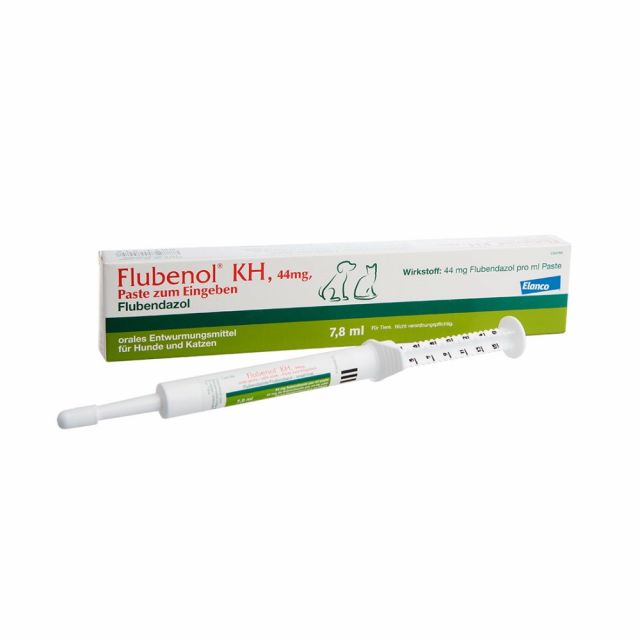Worms in dogs
Worming your dog is part of standard preventive care. Worm infestations in your dog often show symptoms late, making it better to worm your dog or puppy regularly, even if you notice nothing unusual about your dog or its stool. This way, you keep your dog healthy! Pharmacy4pets helps you with a tailored worm treatment for your dog.
What are the symptoms of worms in dogs?
Very often, you won't notice anything unusual about your dog if it has worms. It's commonly believed that you should see worms in the stool or vomit in the case of a worm infestation. While that can happen, more frequently, a dog only passes worm eggs, which are not visible to the naked eye. A worm infestation often needs to be quite severe before symptoms become apparent. The symptoms that can occur vary depending on the type of worm. Different types of worms are discussed below. Possible symptoms of a worm infestation include:
- Diarrhea, possibly with blood.
- Poor coat condition.
- Swollen belly (the well-known 'worm belly' in puppies).
- 'Spaghetti strands' (roundworms) or 'rice grains' (tapeworm) in the stool or vomit.
- Vomiting.
- Coughing, difficulty breathing, irregular heartbeat (heart and lungworm).
- Itching around the anus (tapeworm).
- Poor condition, lethargy.
What types of worms can my dog get?
There are different types of worms that can affect dogs. Your dog can become infected with various worms in different ways, and the potential symptoms your dog can experience, as well as the treatment, vary by worm species. The following types of worms can occur in dogs:
- Roundworms are the most common worms in dogs. These roundworms live in the small intestine and can be easily picked up outdoors by ingesting worm eggs from the ground or via prey animals. This worm is particularly common in puppies, as the infection can occur in the uterus and through mother's milk. Symptoms may include a dull coat, lethargy, diarrhea, vomiting, and a swollen belly.
- Tapeworms also live in the small intestine of dogs and can be contracted through fleas, eating raw meat, or ingesting contaminated prey animals and soil. Therefore, it's essential to ensure good flea control for your dog alongside effective worm control. These worms are recognizable by worm segments (rice grains) and itching around your dog's anus. Echinococcus is a dangerous tapeworm because you can become infected with it through your dog and become seriously ill. Echinococcus is common in Southern and Eastern Europe, as well as in Wales and the far northwest of Scotland.
- Lungworms reside in the lungs and trachea. Dogs can ingest larvae by eating frogs, snails, or other dogs' feces. Puppies can be directly infected through the mother. Symptoms of a lungworm infection include coughing, difficulty breathing, weight loss, and heart failure. Heartworm is mainly found in Southern and Eastern Europe and is transmitted by mosquitoes. If your dog accompanies you on vacation, it's essential to consider this. These worms can be found in the heart and pulmonary arteries, causing severe problems. Symptoms include fatigue, coughing, difficulty breathing, fever, and irregular heartbeat. Symptoms often occur months after infection.
- Whipworms are less common. They can occur in the large intestine and cecum of dogs. They damage the intestinal wall, leading to severe infections. Symptoms may include bloody diarrhea and lethargy.
- Hookworms attach themselves to the small intestine, damaging the intestinal wall and feeding on blood. Symptoms may include bloody diarrhea, anemia, and weight loss.
Is worming my dog necessary?
Worm infestations are common in dogs. Worms and their eggs are widespread in our environment (both indoors and outdoors), making it practically impossible to prevent your dog from coming into contact with them. A dog can be infected with a worm infestation without any visible signs externally. Symptoms like diarrhea and weight loss usually only occur with a significant infection. Some worms are also contagious to humans, especially to young children or pregnant women. Therefore, regularly worming your dog is essential because prevention is better than cure!
Methods for worming your dog
Preventing worms and worming your dog can be done with various types of worm treatments, so there is always a worm treatment suitable for your dog. Not all worm treatments work against all types of worms. Roundworms and hookworms are targeted by most treatments, but whipworm, (fox) tapeworm, heartworm, and lungworm require specific treatments.
Worming Paste
Worming paste is a convenient method for worming dogs, especially puppies. The paste can be administered directly into the mouth or mixed with food. Most worming pastes, such as Banminth paste, work against roundworms and hookworms at least. Flubenol and Vitaminthe worming paste also target some tapeworms and whipworms. Panacur PetPaste kills roundworms and hookworms and also the giardia parasite. As with all worm treatments, it's essential to administer the correct dosage to your dog or puppy. Worm pastes typically have an adjustable ring for dosing.
Worming Tablets
Worming tablets often resemble kibble and usually have a pleasant taste, making them easy for most dogs to consume. They can be mixed with food or given directly as a treat. Milbenin, Milbemax and Milpro have a broad spectrum of activity and can be used against roundworms, hookworms, whipworms, and all tapeworms. Additionally, they can also be used against lungworm and heartworm. Drontal Dog Tasty also works extensively against all types of worms, except for heart and lungworm.
Spot-On Pipette for Worms
If it's difficult to administer worm tablets or paste to your dog, it can also be done via a pipette between the shoulder blades! Advocate and Stronghold work against many types of worms, including heart and lungworm. They don't work against tapeworms. In addition to worms, these spot-on products also target fleas, lice, and (ear) mites.
How often should you worm your dog?
The worming schedule is not the same for every dog. Some dogs are simply at higher risk than others. Dogs that are only walked on a leash and have limited access to dog parks are at much lower risk than, for example, hunting dogs, dogs with a lot of contact with other dogs, dogs in kennels or shelters, dogs that eat raw meat, or dogs that eat a lot of street (including feces). It also depends on the region where you live or vacation what the correct advice is for your dog.
It is recommended to worm adult dogs at least four times a year, so at least every three months. The alternative is to worm based on fecal examination: every three months, you bring fresh stool to your veterinarian for examination. Only if worm eggs are found is it necessary to worm your dog.
If your dog hunts, eats raw meat, you go on vacation abroad, or if you live in an area where Echinococcus is prevalent, it may be better to worm your dog more frequently. For tailored advice, contact your veterinarian. If there is a confirmed infection with worms, also follow your veterinarian's advice.
Puppies need to be wormed more frequently at the beginning. This is because puppies can be infected in the womb or through mother's milk. A puppy should be wormed at 2, 4, 6, and 8 weeks of age. After that, monthly until 6 months of age. After 6 months, the adult worming schedule of four times a year can be followed.
Because some tapeworms are transmitted by fleas, it is advisable to treat your dog for fleas alongside worming.
If you want to know everything about worms in your dog, visit the website of ESCCAP, the European advisory body on parasites in dogs and cats.
If you have any questions about worms in your dog or about Pharmacy4Pets products, please contact us.

